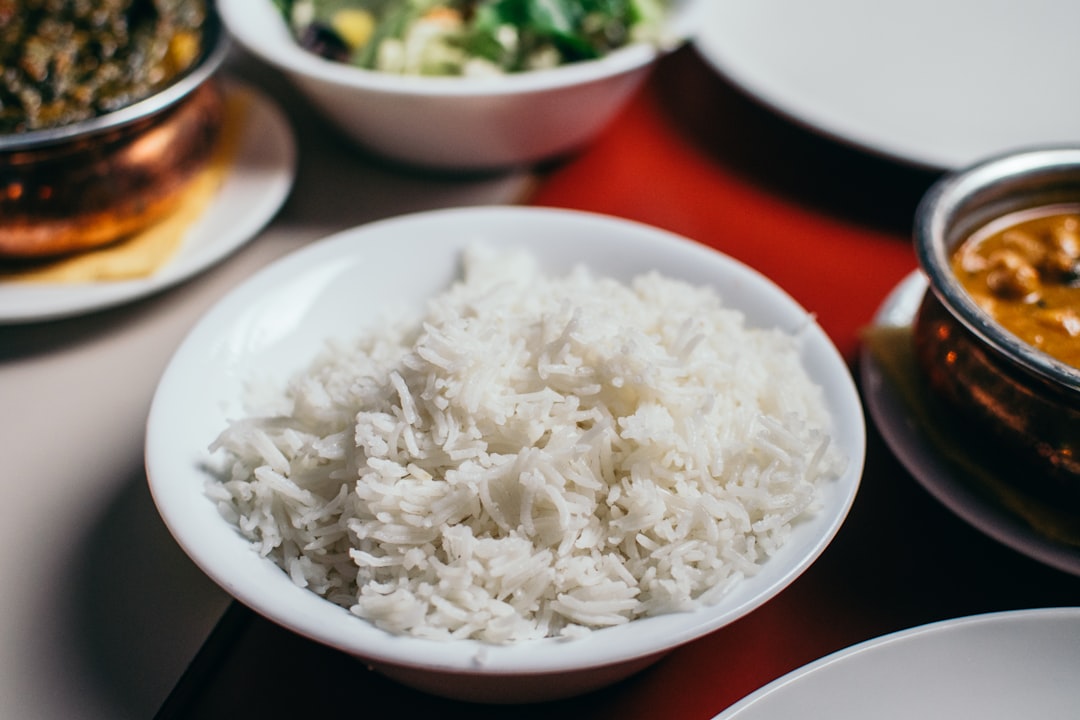Rethinking food fortification 🌾
On tackling stark disparities in nutrition through fortification + thoughts on other solutions
This week’s newsletter is a change of pace from the previous two essays. It’s also LONG so I appreciate you taking the time to read my somewhat jumbled-yet-organised thoughts. Next week is a fun piec…
Keep reading with a 7-day free trial
Subscribe to shelf offering to keep reading this post and get 7 days of free access to the full post archives.




